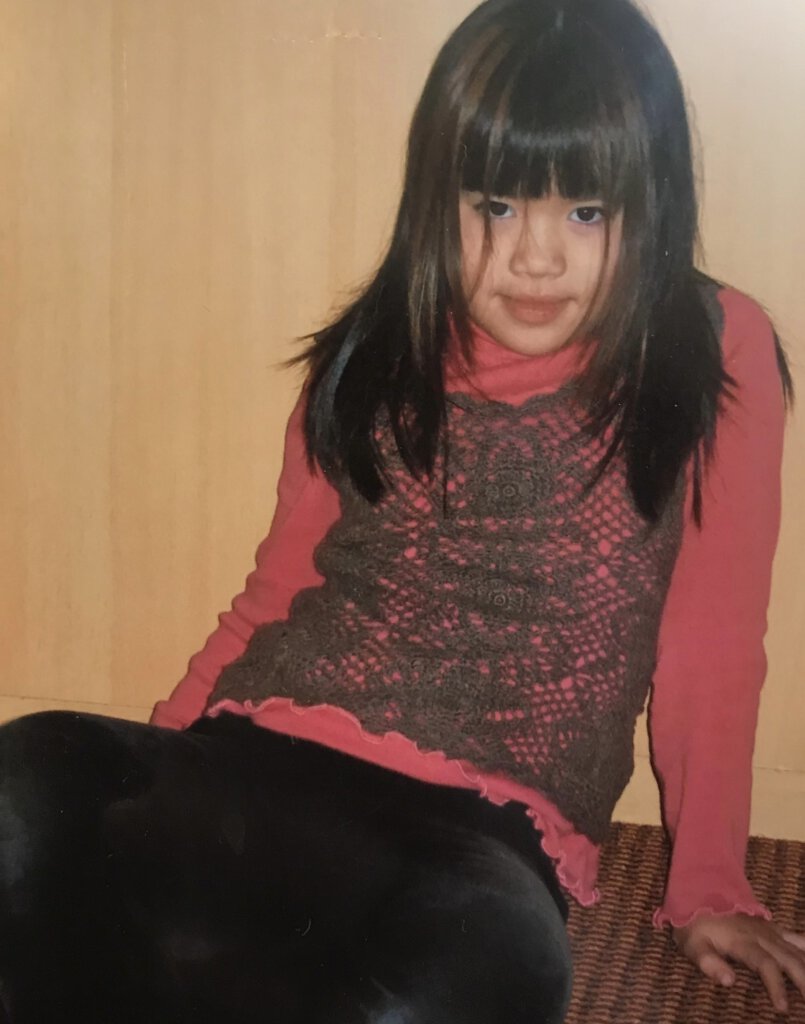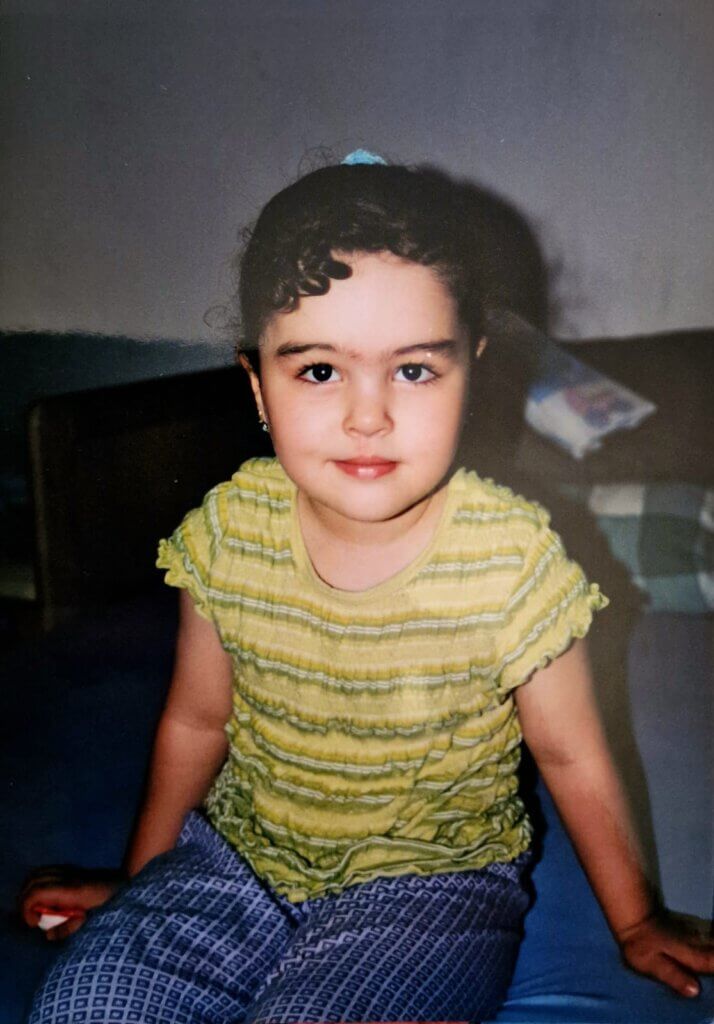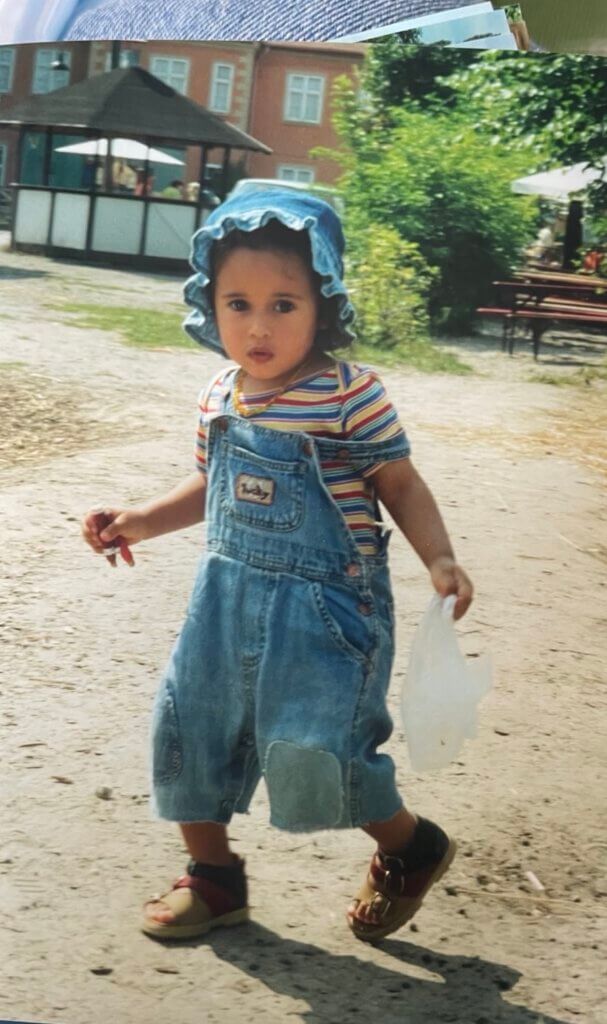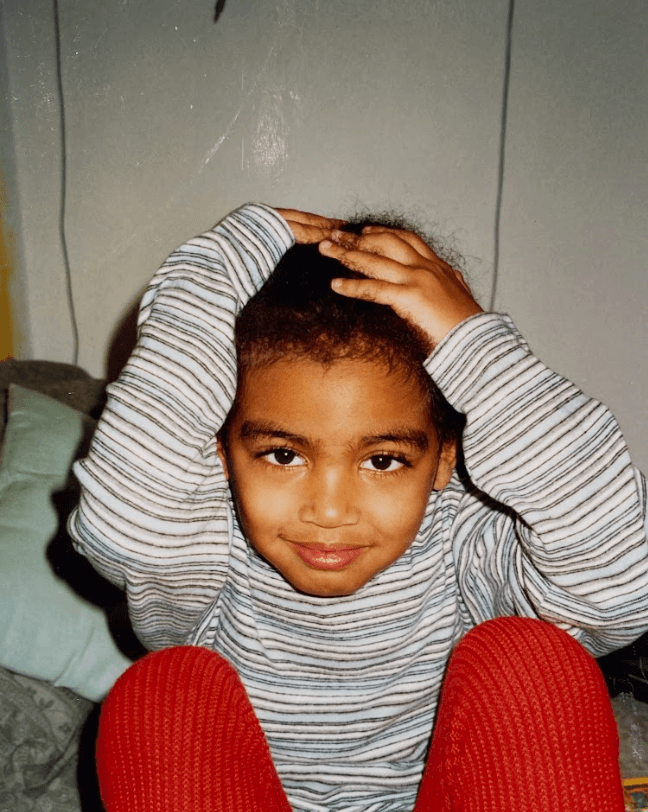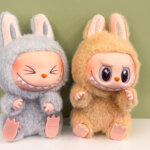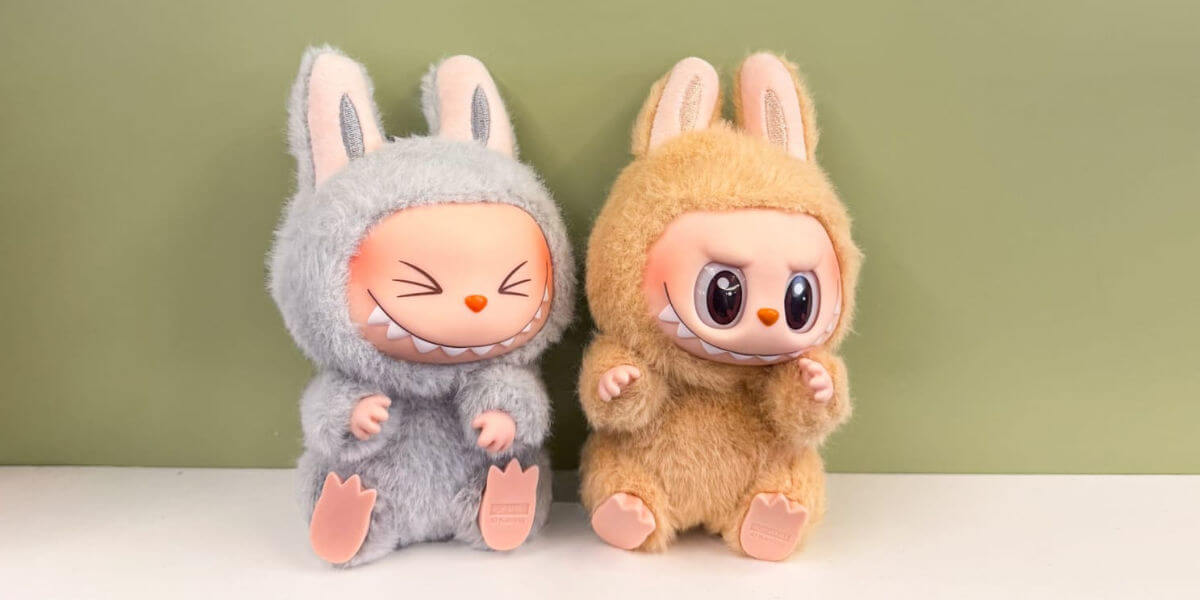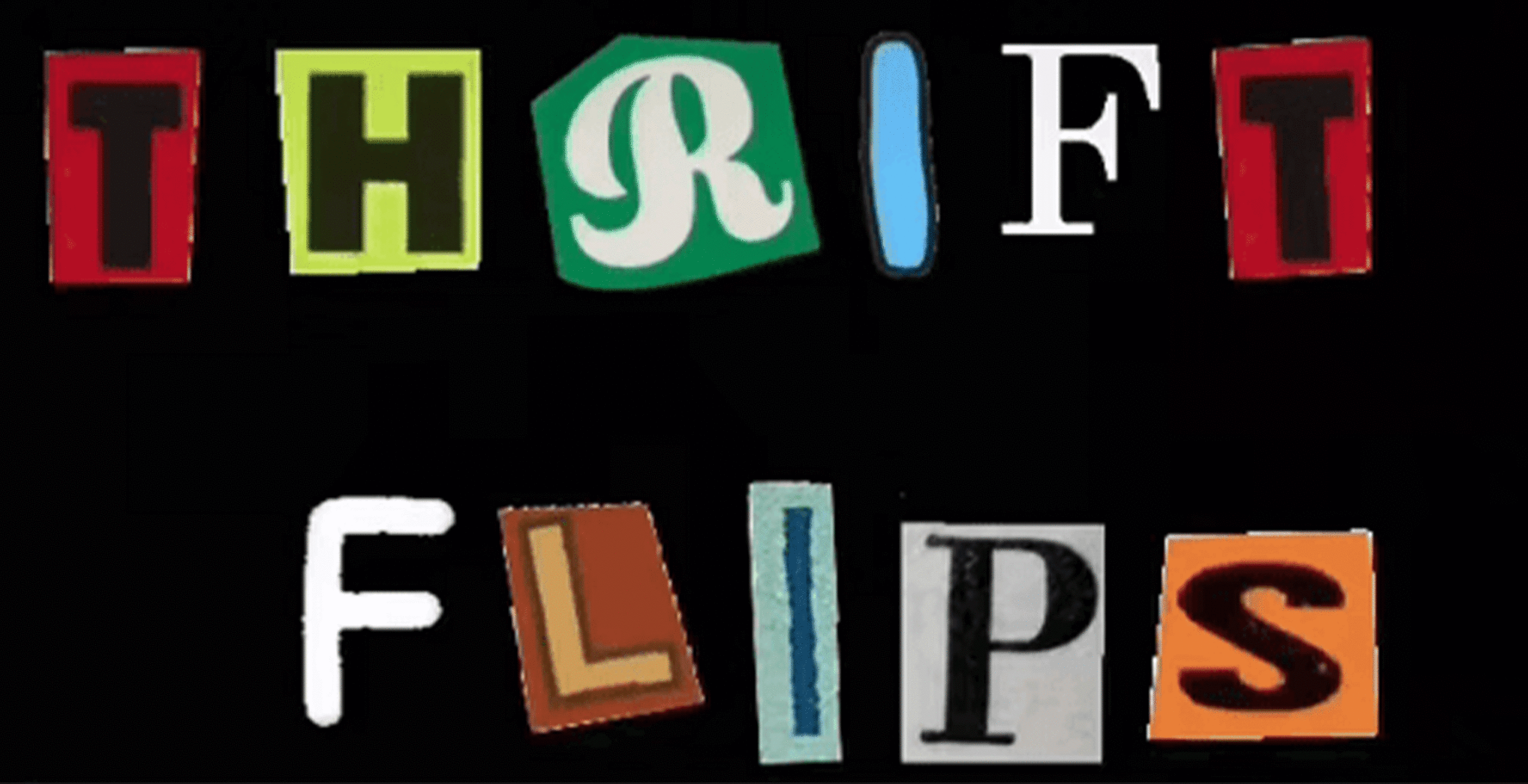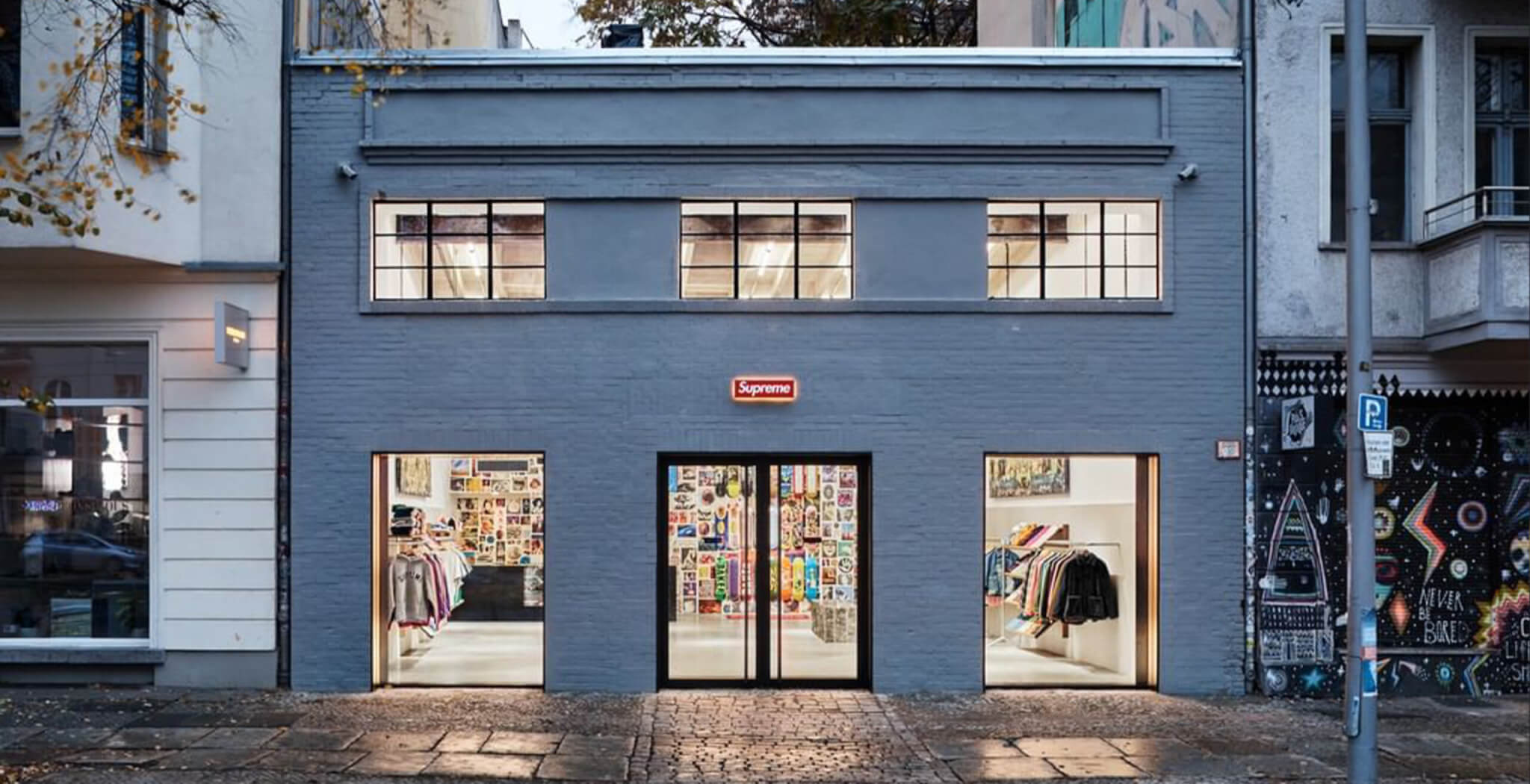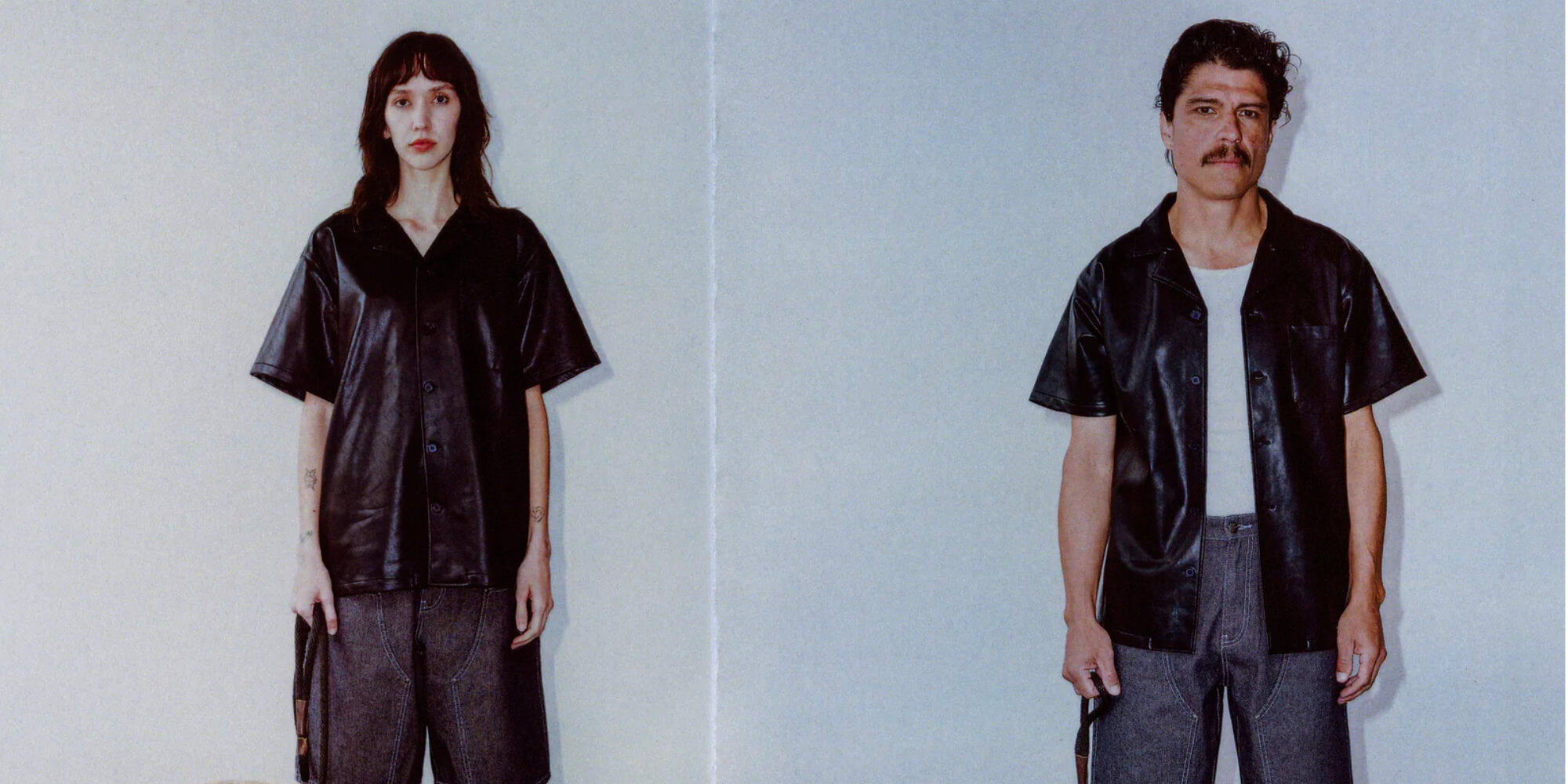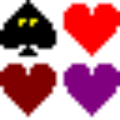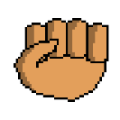While researching this article, I got lost on the Instagram account @nostalgicmemoriez, a digital creator visualizing 2000s nostalgia for an audience of nothing short of 317K. Posts like “pov: you went to elementary school in the early 2000s” or “pov: it’s summer in the 2000s before social media took over” are followed by windows xp core, things we all experienced as kids, and proof we are getting old carousels. I swipe right and am presented with The Lion King, one of my childhood comfort movies, which was released thirty years ago. My eyes widened. I don’t know when it happened, but somewhere between a global pandemic, the revival of the right-wing, and skyrocketing inflation, I have entered adulthood, and some children only know the 2019 Lion King reboot, which, to me, lacks the warmth that the original carries.
Nostalgia – that warm feeling that sometimes tugs at your heart ever so lightly, that lets you flip through old photo albums for hours on end, look at old letters, or listen to Call Me, Beep Me! on repeat because they simply don’t make theme songs like this anymore. We all experience nostalgia, and for Gen Zs and Gen Alphas coming after, it is heavily rooted in the 2000s and 90s.
Fashion Backwards: How Our Nostalgia For The Past Brought Back Dressing Like We’re Kids Again
This desire for the past equally reflects within the fashion world, where many Spring/Summer ‘25 shows were inspired by throwbacks to 90s collections or fashion’s current obsession with Y2K. In an article for Vogue, Donatella Versace talks about how there was much more freedom, happiness, and not too much thought about putting one’s clothes together in the 90s. Versace’s 2025 Spring/Summer collection takes this sentiment and “makes joy its driving force in a free profusion of energy”, according to the fashion house website. Pastel colors meet layered prints, colored tights, and denim.
This trend falls under the name of kidcore. A few brands that embrace the bright and carefree aesthetic are Hope Macaulay, a Northern Irish knitwear brand, the streetwear brand Lazy Oaf, and Rhi Dancey, a small London and Berlin-based brand that combines fashion with creative projects. From chunky, multicolored sweaters to baby doll dresses with teddy bear prints and bunny skirts, they embody innocence and the youthful spirit of ‘everything’s going to be alright, eventually’. Augustina Panzoni, Trend and Category Manager at Depop, defines kidcore as: “tapping into childhood nostalgia, this aesthetic is characterized by a bold rainbow colour palette and playful pattern clashing. Driven by comfort, colour, and enjoyment, you can dress it up or down while looking and feeling as carefree as a child.”
Even high-fashion labels are channeling kidcore, like Jeremy Scott’s Moschino debut with a SpongeBob and McDonald’s inspired collection, or Prada’s SS25 eclectic mix of colors, patterns, and textures in defiance of algorithmic dressing.
A Generation Refusing to Grow Up?
Apart from fashion, kidcore celebrates cultural icons and childhood themes such as Hello Kitty, Spongebob, Pokémon, Tamagotchis, friendship bracelets, stickers, watercolours or the toy retailer Toys R Us that went bankrupt in the late 2010s. Currently, there is a Toys R Us live action film in the making that’ll be reminiscent of films like Night At The Museum or Barbie, which shows that childhood nostalgia is currently as profitable as ever. “The world’s most iconic toy retailer and its titular mascot Geoffrey are coming to the big screen to inspire new generations of kids that will never want to grow up”, says the film’s studio, Story Kitchen. And let’s be honest – who still wants to grow up in today’s economy?
Instead, adults and fashion-forward people would rather queue up to get one of the highly sought-after Labubus, furry plush monsters in various designs sold by the Chinese toy company Pop Mart. Since last year, they have doubled their profits and have been described as “elevating toy buying to an act of trendy connoisseurship”. Even public figures such as Rihanna and Blackpink’s Lisa have been spotted carrying a Labubu on their bag, and the fact that they come in so-called blind boxes makes the experience even more exciting and marketable for social media. Labubus or Baby Threes, a similar product that used to be especially popular in Vietnam before facing a politically induced backlash, are reminiscent of dolls like the Beanie Babies or Monchichi, which have both achieved collector status by now.
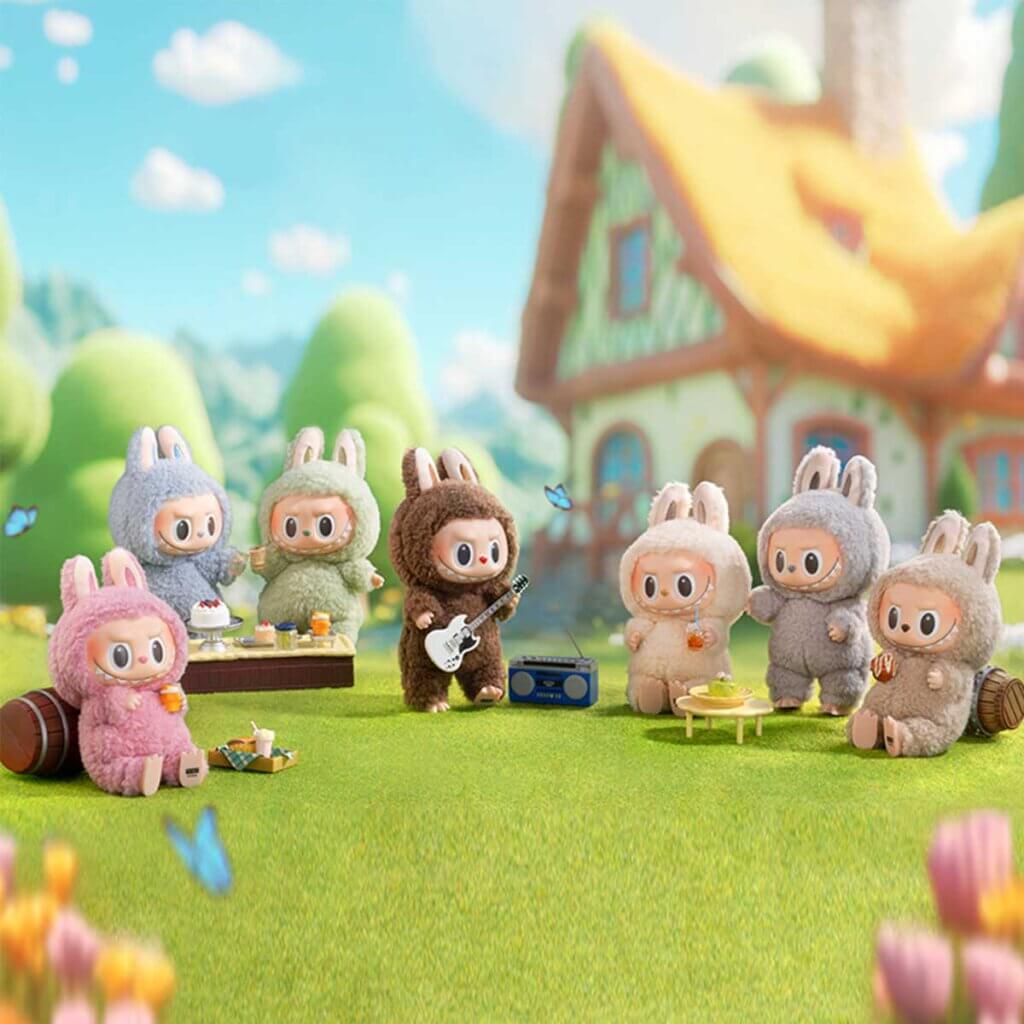
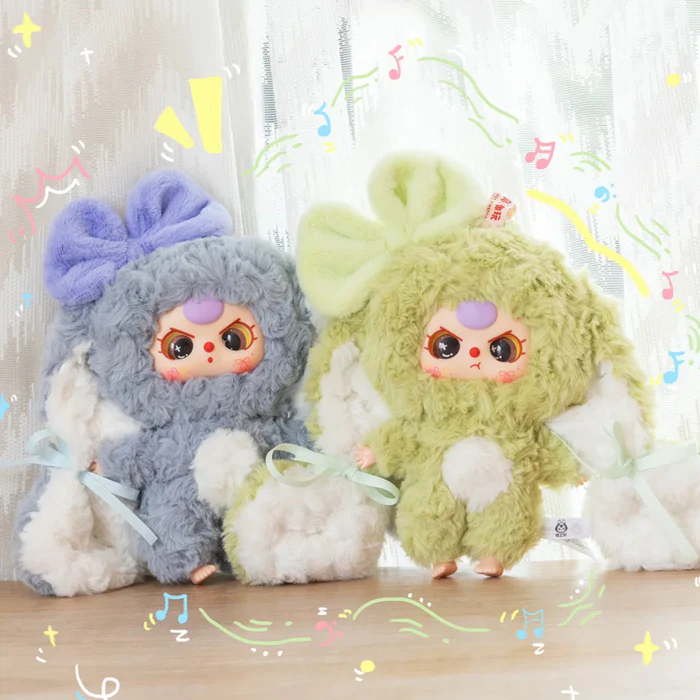

Returning from a trip to Vietnam, my friend Tuan Anh gifted me my own Baby Three doll that I now carry around like a proud parent. He’s also introduced me to the Thai Boys Love drama Gelboys, a modern coming-of-age story set against the vibrant, pop-culture-filled backdrop of Siam Square in the heart of Bangkok. The series is cute, quirky, and colorful, perfectly capturing kidcore’s maximalist aesthetic through its protagonist’s styling and the elaborate designs of the gel nails over which they connect.
The Kids Are Alright – Dressing Like It’s The 2000s Brings Joy To Our Inner Children
I believe kidcore is far from just an aesthetic; it’s a reflection of the present and a gateway to the past. After going through my photo albums, I asked some of my friends to send me pictures of themselves as kids, stirring up forgotten memories and family dynamics. “My mom made some pretty babies”, my friend Khanom texts me after a four-hour deep dive into her childhood. Like the print on a shirt she’s wearing in one of the pictures, Khanom is ‘100% Stylish’. She always has the best finds on Vinted and the city’s sidewalks and throws themed dress-up birthday parties. My friend Moon sends me a picture with the comment “Lacy top, curly sleeve ends, corduroy pants – I still dress like that lol”. She’s always got her digicam on hand and beautifully captures the memories our friend group makes together. Being in our mid-twenties with an uncertain future ahead gives dressing the way our mothers used to dress us a sense of security and belonging that is oftentimes hard to find. Most of them were young and had little money when we were born, but still put a lot of effort and care into making us look nice. My friend Adey’s mother even taught herself sewing and knitting to make clothes for them and their siblings. The world felt somewhat slower, with fashion not nearly as fast as it is now. We’d wear our clothes until we grew out of them, passing them onto the next youngest family member. We’d patch up holes and wear our favorite shirt several days in a row. We’d sport sandals with socks, unironically, and carry our wallets around our necks.
With the 2000s slowly moving further away from us and more children growing up who don’t know a world without the internet, it is difficult to say what the future of kidcore will look like. One thing will most likely stay the same, though, and that is the cyclical nature of fashion. What goes around comes back around.
